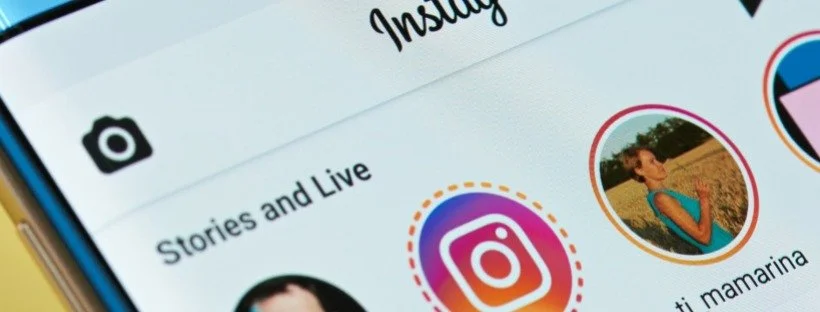Performative Activism: What are Flooded Instagram Stories Really Accomplishing?
By: Meredith Stewart
Performative activism has presented itself as an increasingly prevalent issue over the course of this tumultuous year. This summer I found myself clicking through hundreds of reposts and scrolling past dozens of black squares without even making an effort to read, let alone, understand, the messages behind the posts. However, I don’t think I am the only one who chooses to ignore these Instagram floods. I completely support the Black Lives Matter movement, but at the end of the day, I would much rather get my news from a paper or website than from a 15-year old’s repost of “BLM” in an aesthetic font.
It’s not easy to distinguish performative activism from activism of a genuine nature, so let’s start with some definitions. According to Holiday Phillips, an African American author for Forge.Medium.com, a real activist is “someone from a non marginalized group who uses their privilege to advocate for a marginalized group.” However performative activism is when “someone from that same non marginalized group professes support and solidarity with a marginalized group in a way that either isn’t helpful or that actively harms that group.” A dead giveaway of performative activism is an Instagram story flooded with reposts which may have taken the user almost 5 seconds to see and press the “post to story” button. What are you really accomplishing with 20 different reposts often expressing the same idea? How many people will actually sit there and read every single one and then want to educate themselves more about the problem? Most importantly, what are you doing beyond these reposts to advocate for and assist marginalized groups? A more concrete and problematic example of this kind of activism is #BlackoutTuesday.
On June 2, 2020, 14.6 million black squares consumed Instagram content. Posting a black square was meant to show that the user stood in solidarity with the black community in the midst of police brutality and systemic racism. I was shocked at the number of white girls on my feed who had so little interaction with underprivileged African American people posting these black holes. Their comment sections also displayed users of a singular white race praising them for their “courage” and “activism.” This movement actually harmed the BLM movement as a whole by replacing important informational posts and resources under the BLM and BlackLivesMatter hashtags with black screens.
If you’ve fallen victim to performative activism, it doesn't make you a bad person. Instead recognize the problem in your social media postings and try to correct it. Stop reposting simplistic content already reposted by dozens of others you follow. Use your privilege to donate money, a necessary resource for change. Use your voice to call people out instead of indirectly stating your ideas behind the comfort of your phone screen. Remember, praise from social media followers is not what it takes to be an activist. Sometimes the greatest acts of allyship are achieved in silence.
Sources:
